Ancient Calendars 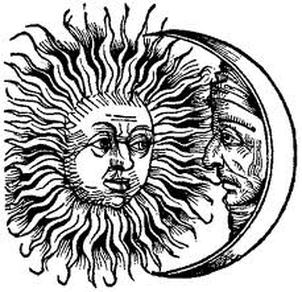 Lunar or Solar-based calendar; which is best? Lunar or Solar-based calendar; which is best? In class this week we compared calendars that were established and used by the ancient societies of Babylon, China, Islam and Egypt. Students worked in small groups to discuss and summarize the advantages and disadvantages of these calendars (using Student Quest Sheet from Chapter 3). For ancient civilizations, the challenge of explaining the precise and repeating events in the sky played a key role in understanding the world around them. Their ability to hunt, farm and survive was dependent upon accurately marking the seasons and cycles of the year. Their careful observations provided the inspiration for the first thoughts about science, and the development of scientific thinking in general. Astronomical Monuments We also looked at examples of how ancient sun observers made use of natural geological structures and arranged stones, markers, and buildings to mark solar alignments that they observed at different times of the year, particularly around solstices and equinoxes. Beams of sunlight and shadow would make patterns, or illuminate special locations on important calendar days. Several of these ancient sites are shown below: In class next week students will be challenged to create their own astronomical monument out of clay. These small scale monuments must be designed to create specific patterns or alignments at designated times of the year. Using a specially prepared “Horizon Table”, students will place their solar observatory structure at the center and test it with a portable lamp that represents the Sun and can be positioned to simulate the Sun’s point on the horizon at sunrise or sunset on an equinox or solstice.
I have asked students to spend some time researching ancient astronomical monuments this week to formulate some ideas for their own designs. Come prepared to build and be creative! Additionally, students should read Chapter 5 in the text as homework. See you on Monday! Comments are closed.
|
Categories
All
Archives
May 2016
|
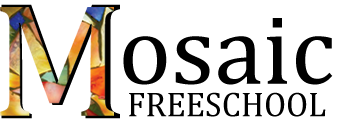
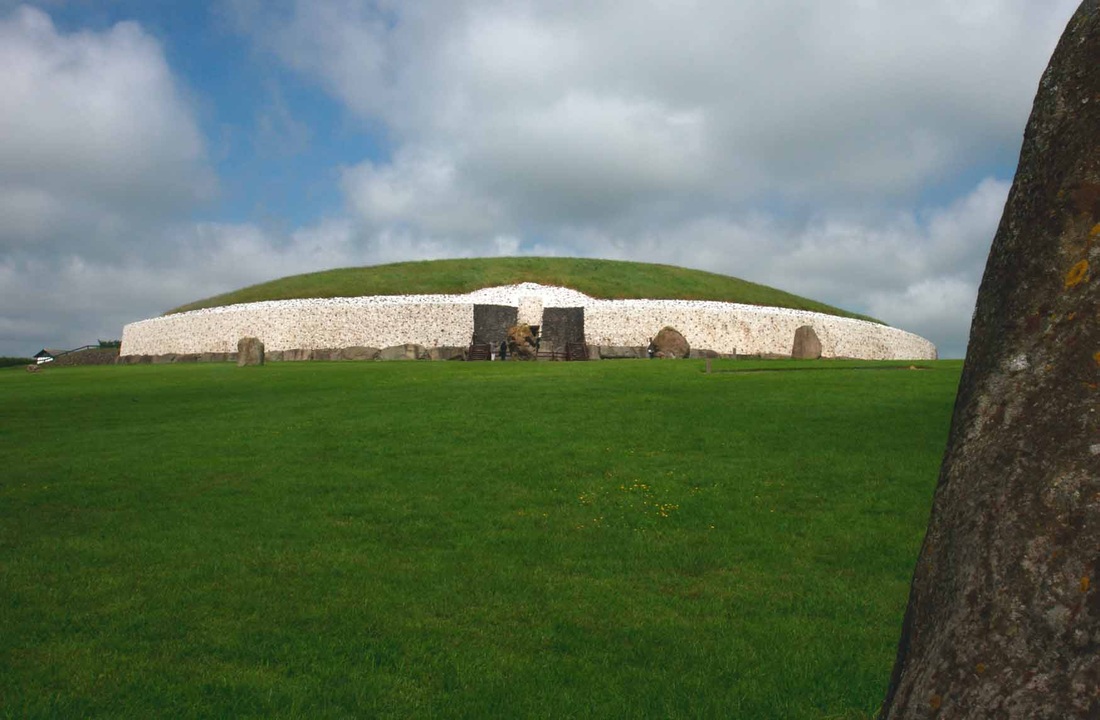
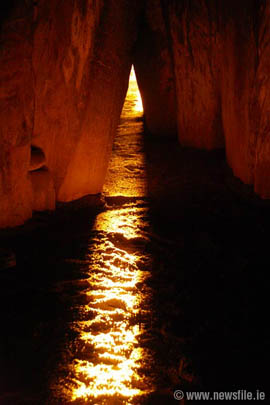
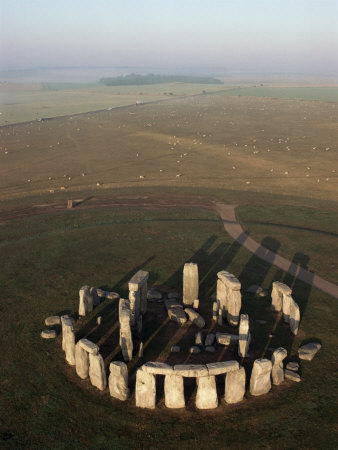
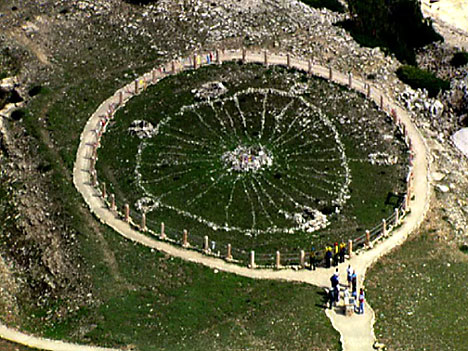
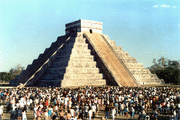
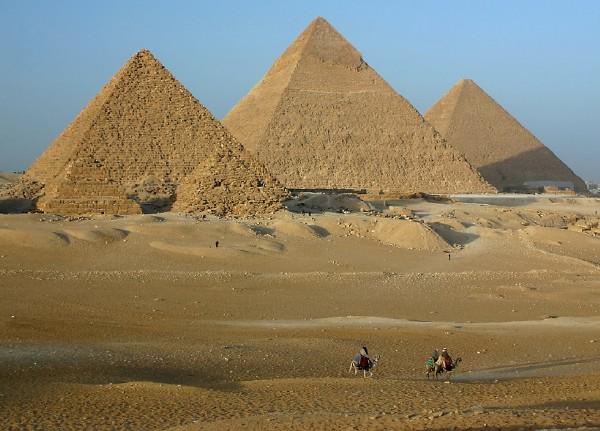
 RSS Feed
RSS Feed